
Ad Hoc Meeting Guide: Holding Effective Unplanned Meetings
Unexpected challenges can pop up at any moment, requiring immediate attention and swift decision-making. Enter the ad hoc meeting—but remember, the goal isn’t just to have more meetings; it’s to have better meetings that drive results. This guide will help you achieve exactly that.
The data tells us that as of 2023, 83% of employees are spending as much as 33% of their workweek in meetings. Now, I am no statistician, but I would hazard a guess that many of these meetings are triggered by a ‘quick ping’ requesting to ‘jump on a call’. Otherwise known as your ad hoc meeting, these gatherings are our focus for today.
What Is an Ad Hoc Meeting?
An ad hoc meeting is an impromptu gathering called to address a specific, pressing issue that simply can’t wait for the next meeting on the calendar. These meetings are all about getting the right people together at the right time to solve a problem or make a decision quickly. Unlike regular, scheduled meetings that cover a range of topics, ad hoc meetings are laser-focused on a single objective, as their sole purpose is to deliver an essential outcome to a time-sensitive matter.
To put this definition into context of an issue that could trigger a necessary ad hoc meeting, imagine you’re in the middle of a productive work session when a critical flaw in a client presentation is spotted. You cannot afford to wait for the next scheduled meeting - there is no time. This is when an ad hoc meeting comes into play. You gather the relevant team members, tackle the issue, and get back on track with what you were doing before your attention was diverted.
Key Moments for Ad Hoc Meetings
I mentioned ‘necessary’ issues triggering ad hoc meetings, and that choice of wording was very deliberate. That’s because knowing when to call an ad hoc meeting is just as important as knowing how to run one. 17% of meetings are considered a “complete waste of time”, and to become a successful team, you cannot let this trend seep into your organization.
Here are some scenarios where an ad hoc meeting might genuinely be your best bet:
- Urgent Issues: When a problem arises that can’t wait until the next scheduled meeting. A critical bug that needs to be hotfixed, for example.
- Time-Sensitive Decisions: When a project is at a standstill due to a blockage, you might call for an ad hoc as the team requires immediate input or a quick decision to move forward.
- Creative Collaboration: When a sudden hurdle is tricky to deal with and you need the collective brainpower of your team to come up with innovative solutions, you might resort to an ad hoc.
However, not every issue warrants an ad hoc meeting. Again, don’t let your meetings become a synonym for wasted time or distraction. It’s absolutely imperative to weigh the urgency and impact before pulling your team away from their tasks and de-railing them.
Tips for Running an Effective Ad hoc Meeting
I have stressed the importance of making sure your ad hoc meetings are both efficient and effective. To help you with this, consider these best practices:
1. Clarify the Purpose
Before the meeting kicks off, make sure to clearly define what you’re trying to achieve. Whether it’s solving a specific problem or making a time-sensitive decision (as above), communicate your vision for the meeting to each attendee so that you ensure full focus on the task at hand.
2. Invite Only the Necessary Participants
Fitting in with our vision for not wasting time with your ad hoc meeting, keep your attendee list short and sweet. Only invite those whose input is absolutely crucial to the discussion. This not only makes the meeting significantly more efficient but also respects the time of those who don’t need to be involved.
3. Set a Time Limit
This is a great way to avoid lengthy discussions that derail productivity. It is pretty easy to go back and forth between different ideas when you are ironing out an issue, so set a time cap for the meeting. Aim to keep it between 15-20 minutes, and keep the focus on quick, actionable solutions.
4. Use a Question-Based Agenda
Even in an ad hoc meeting, a simple agenda can work wonders. We have comprised a list of 7 meeting agendas that will help you here, as again, you want to remain goal-oriented and concise while being time-sensitive.
5. Capture Key Takeaways
Don’t let valuable ideas get lost in the shuffle. Use an AI-powered note-taking tool like Bubbles Notetaker to capture the discussion in real-time through a video recording and full transcription. This allows everyone to focus on the conversation rather than scrambling to take notes. After the meeting, Bubbles will send out a detailed summary, including action items, next steps, and a link to a recording and transcription. We recommend this platform when it comes to meetings, due to ease of use, detail, and great value (you can get started for free).
6. Follow Up with Clear Action Items
Every ad hoc meeting should end with clear next steps. If it doesn’t, then you probably haven’t solved the issue. Specifically assigned action items and clear deadlines will keep momentum going and prevent any ambiguity about what happens next. Quick tip - if you use Bubbles (tip 5), then you don’t need to do this manually. With Bubbles Notetaker, you can expect your action items to look like this:
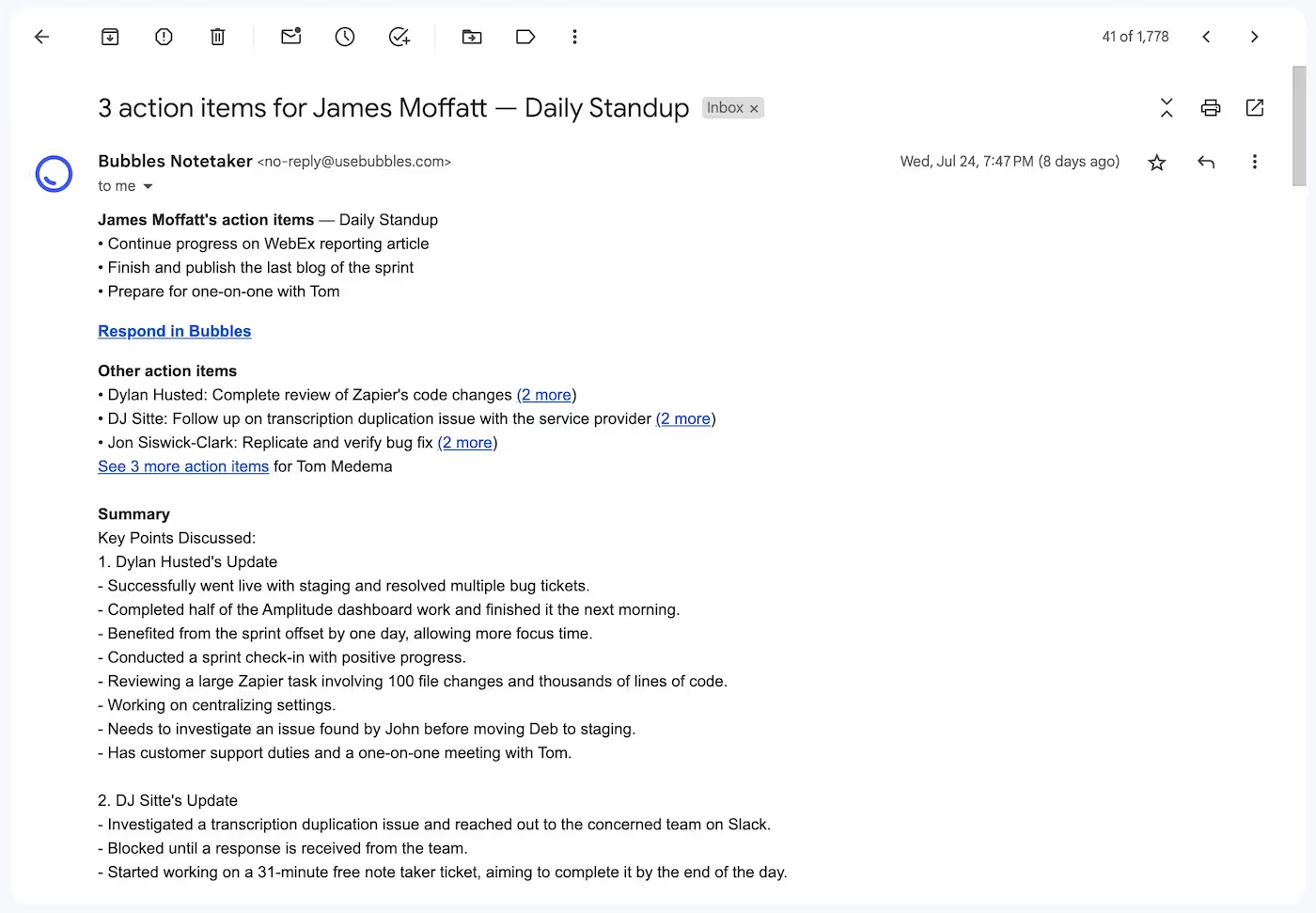
Make your
meetings matter
Loved and trusted by 100,000+ users:
- Automatically Record and Transcribe Meetings
- Extremely Accurate Notes, Summaries, and Action Items powered by AI
- Works with Zoom, Google Meet, and Microsoft Teams
- Save time and follow-up with quick async videos
Simply connect your work Google or Microsoft Calendar to get started.
Challenges with Ad Hoc Meetings (And How to Overcome Them)
While ad hoc meetings are powerful tools for rapid problem-solving, they’re not without their challenges. Now that ad hoc meeting tips have been chalked off, we should also consider some of these roadblocks that might arise when holding these impromptu meetings.
Here is a list of challenges, with solutions for how you can address these potential pitfalls and make sure your ad hoc meetings are as effective as possible.
1. Interruptions to Deep Work
One of the biggest drawbacks of ad hoc meetings is that they can disrupt your team’s deep work—those periods of intense, focused activity that drive real progress. Frequent interruptions can lead to stress, decreased productivity, and a rushed work style that compromises quality. I’m sure you understand at this point, but this is the root of my insistence on necessity when it comes to an ad hoc meeting.
Solution: This is super easy. Before calling an ad hoc meeting, assess the urgency carefully. Could the issue be resolved via a quick email, message, or bubble (a screen or video recording)? If a meeting is truly necessary, try to schedule it during natural breaks in the day, like before lunch, so that you can at least minimize disruption slightly. Additionally, always try to give your team a heads-up, allowing them to wrap up their current tasks before the meeting.
2. Lack of Preparation
Ad hoc meetings often catch participants off guard, which is natural due to their spontaneous, last minute nature. However, this is not an excuse for having an unproductive session where more time is spent bringing everyone up to speed than actually solving the problem.
Solution: Even in a rush, take a few minutes to prepare a brief agenda or list of key discussion points. Share this with attendees before the real meat of the meeting starts (excuse the pun). This not only sets clear objectives but also ensures everyone comes in with the right mindset.
Utilizing AI tools like Bubbles Notetaker can be a game-changer here. In a virtual meeting environment, Bubbles will join your meetings, transcribe discussions, and send out a recap with action items immediately after (literally within minutes). You ensure nothing slips through the cracks by preparing well and utilizing technology to boost the success of post-meeting efforts within your team.
3. Time Drain
Only pull people from their current tasks when essential, or you will begin to eat into their valuable work time. Once you get into a pattern of ad hoc meetings becoming too frequent, you might introduce a culture of “meeting creep” in your company. Most sources essentially describe meeting creep as being in more meetings than you need to be, which nobody wants.
Solution: Follow strict criteria for when ad hoc meetings should be called, and make sure you stick to the criteria. Reserve them for truly urgent matters that require immediate attention.
For less critical issues, consider using asynchronous communication tools like Bubbles. Before I confuse you, Bubbles have another feature alongside their Notetaker. This feature is asynchronous and revolves around sending video/screen recording messages, so that you can describe and explain something like you can in an email, but while giving more context on-screen.
Additionally, set a strict time limit for your ad hoc meetings—keeping them to 15-20 minutes can help keep discussions focused and efficient.
4. Difficulty in Staying On-Topic
Given their spontaneous nature, ad hoc meetings can easily veer off course, leading to discussions that are unfocused, unproductive, and generally useless.
Solution: If you are leading the meeting, it’s your job to keep things on track. Start with a clear goal and steer the conversation back to the main topic if it starts to drift. Encourage participants to save off-topic ideas for another time, and use efficiency boosters like a simple agenda to keep everyone aligned.
Ad Hoc Meeting Template
Alongside your agenda, it can be great to have a rough template that you can stick to in an impromptu environment. Here’s our version of this quick template to help you structure your next ad hoc meeting:
1. Introduction (2 minutes):
Start by outlining the purpose of the meeting and what you aim to achieve. Keep it brief.
2. Discussion (10-15 minutes):
Address the key questions or issues at hand. Keep the conversation focused and goal-oriented.
3. Decision Making (3-5 minutes):
Agree on the next steps and assign action items to specific team members. Or, if you are smart, let Bubbles do it for you.
4. Wrap-up (2 minutes):
Summarize the key points and confirm deadlines for follow-up actions.
Conclusion
There is no doubt that ad hoc meetings are a powerful way to address urgent issues quickly and efficiently. However, this is only the case if you carry them out well. By following the tips outlined above, you can go into your next ad hoc meeting knowing that the gathering will be productive, focused, and minimally disruptive to your team’s workflow.
Collaborate better with your team
Get your point across using screen, video, and audio messages. Bubbles is free, and offers unlimited recordings with a click of a button.
.avif)
Collaborate better with your team
Get your point across using screen, video, and audio messages. Bubbles is free, and offers unlimited recordings with a click of a button.
.avif)






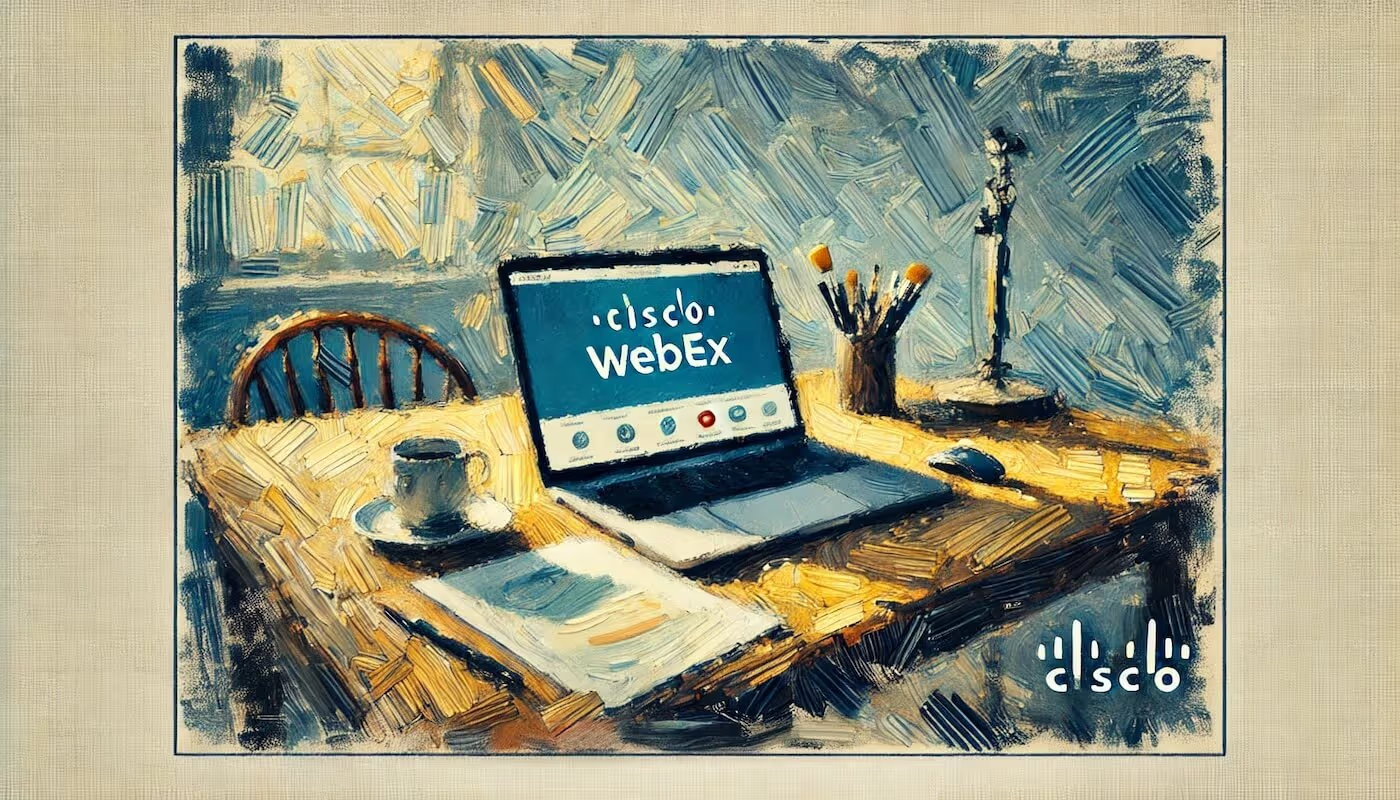



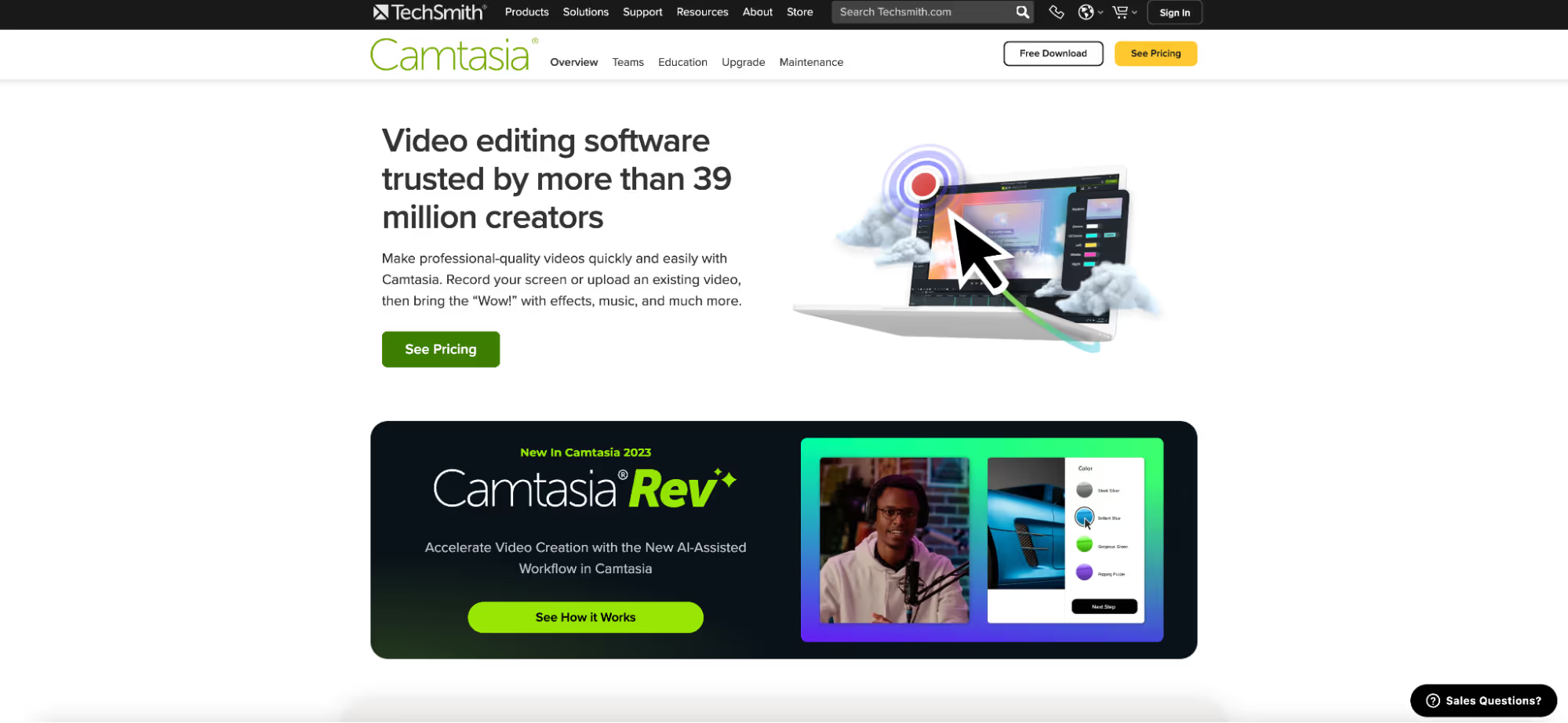
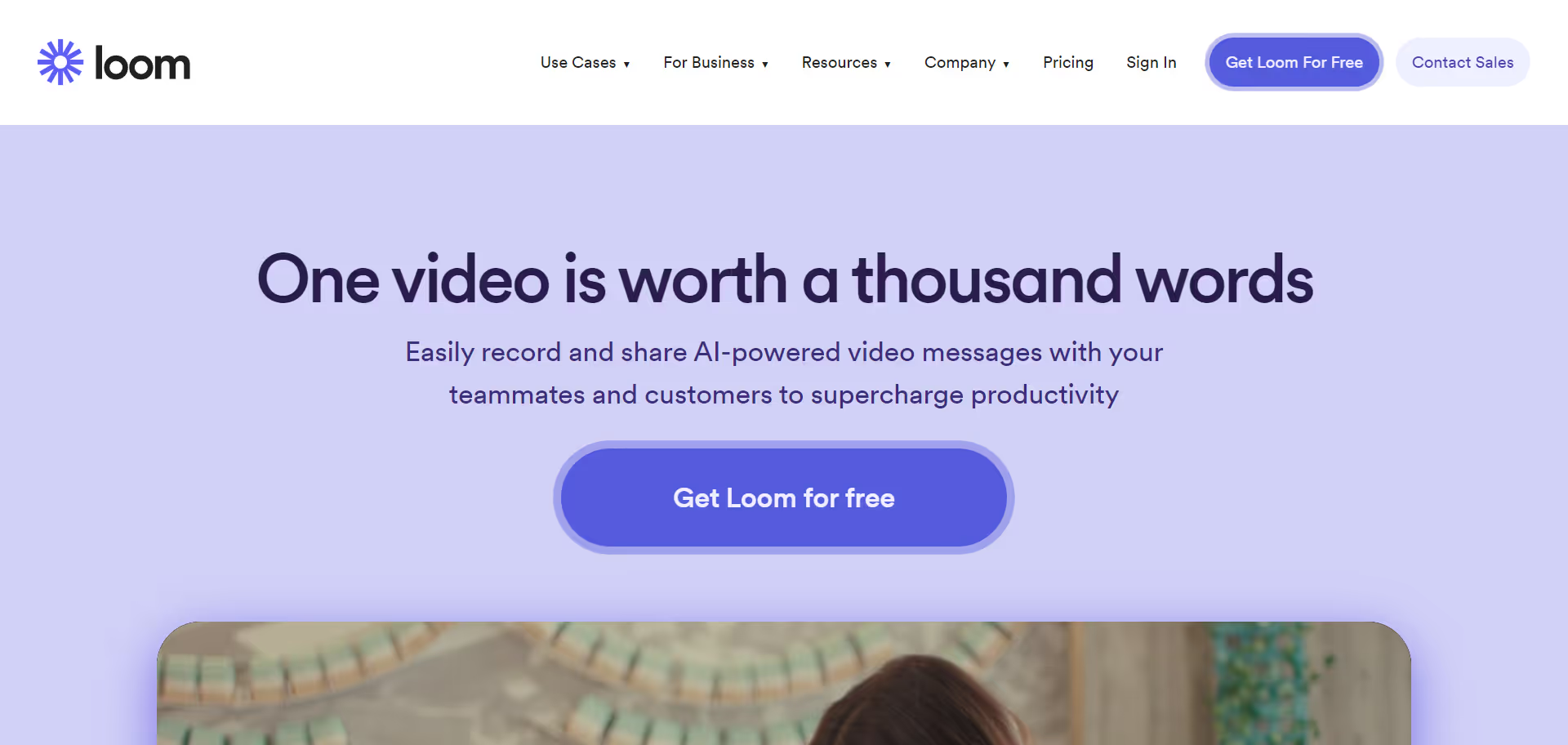
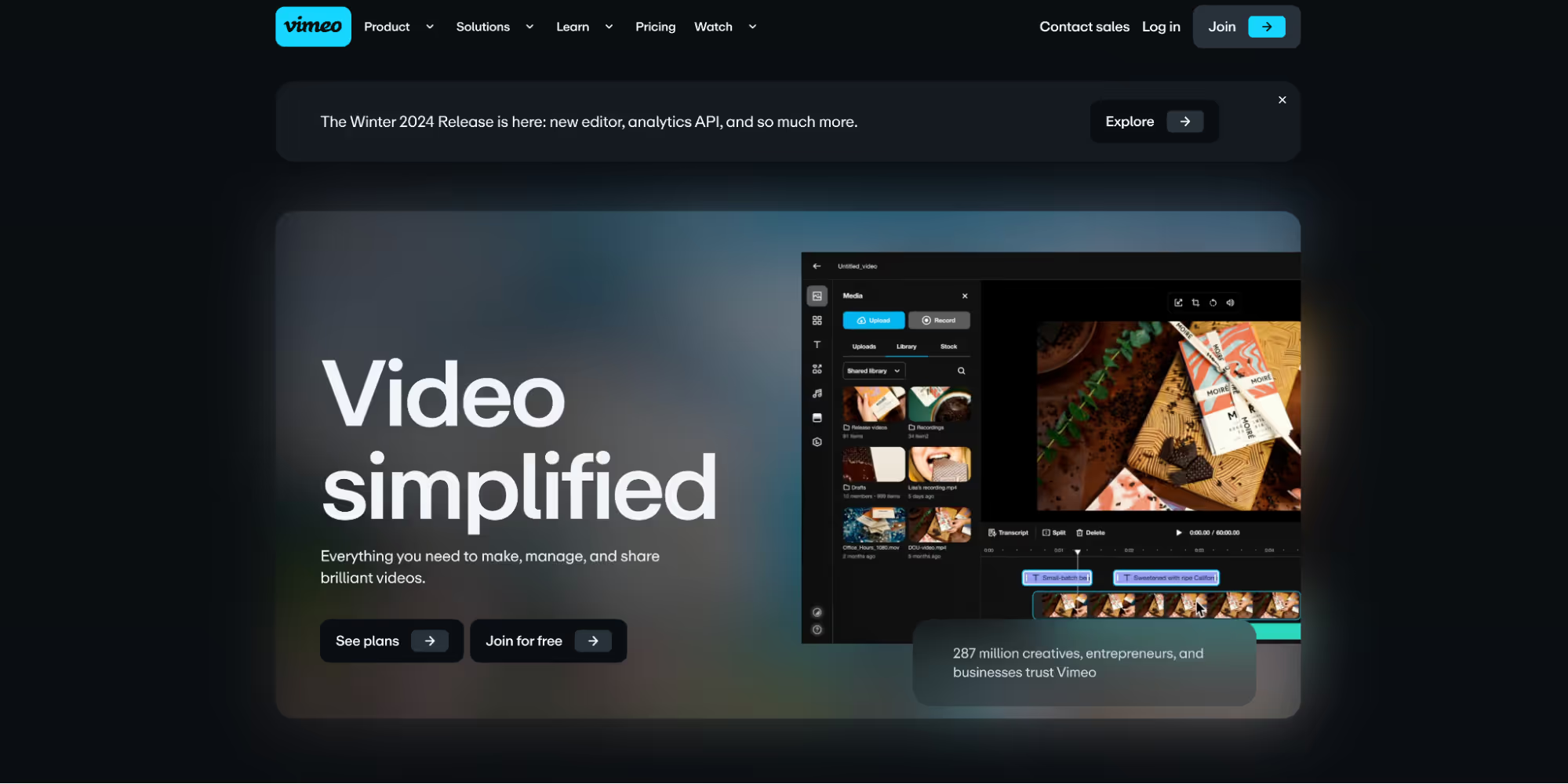
.avif)